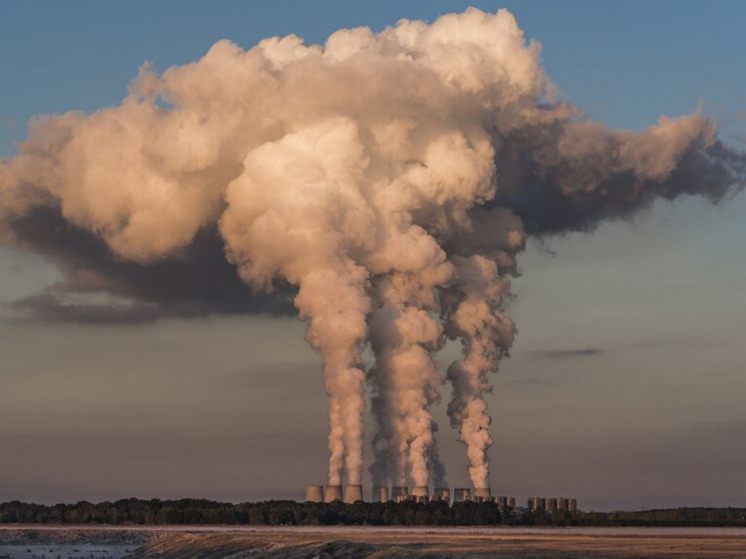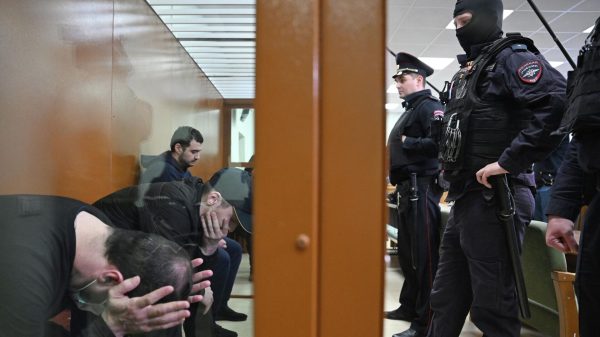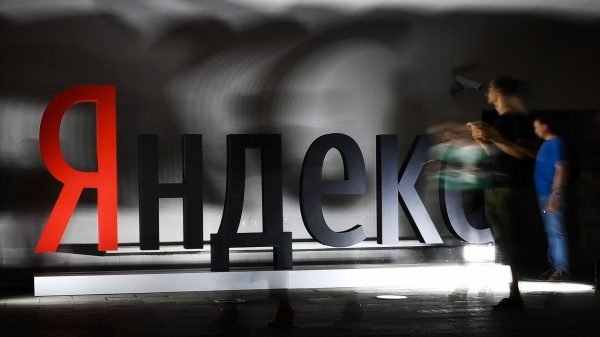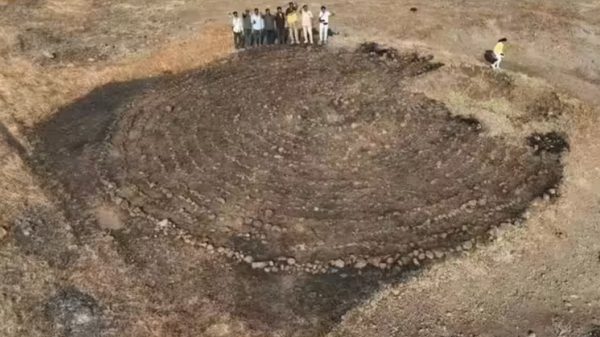Chances of avoiding climate catastrophe are dwindling
Huge leaks of the powerful greenhouse gas will doom climate goals, experts say, but stopping them would quickly reduce global warming.

According to The Guardian, since 2019 there have been more than 1,000 large leaks of the powerful greenhouse gas methane from household waste landfills.
An analysis of global satellite data from around the world shows that densely populated countries in South Asia have become hot spots for these high-emission events, as well as Argentina and Spain, developed countries where proper waste management should prevent leaks.
Landfills produce methane when organic waste such as food scraps, wood, cards, paper and yard waste decompose in the absence of oxygen. Methane, also called natural gas, traps 86 times more heat in the atmosphere over 20 years than carbon dioxide, making it a critical target for climate action. Scientists have said emissions from unmanaged landfills could double by 2050 as urban populations grow, eroding the chances of avoiding climate catastrophe.
The Guardian reports that new data shows that between January 2019 through June 2023, a total of 1,256 methane superradiance events have occurred. Pakistan, India and Bangladesh top the list of countries with the largest leaks, followed by Argentina, Uzbekistan and Spain.
Landfill emissions can be reduced by first creating less organic waste, diverting it away from landfills, or at least capturing some of the methane that landfills produce. Measures to stop methane leaks slow global warming faster than almost any other measure and are often inexpensive, with some measures even paying for themselves when the captured gas is sold as fuel.
Methane emissions have accelerated since 2007 and are now responsible for a third of global warming leading to the climate crisis, writes The Guardian. The acceleration has alarmed scientists who fear it is the biggest threat to keeping global warming below 1.5°C and could trigger a catastrophic climate change. The rapid increase appears to be driven by global warming leading to increased methane production in wetlands — a potential vicious cycle that makes reducing anthropogenic methane emissions even more urgent.
Decomposing waste is responsible for approximately 20% of anthropogenic methane emissions. Fossil fuel operations are found to be responsible for 40% of emissions, and The Guardian reported that in 2022 alone there were more than 1,000 incidents of superradiation from oil, gas and coal plants, many of which could be easily corrected. The remaining 40% of emissions come from cattle and rice fields.
Professor Ewan Nisbet, a methane expert at Queen's Holloway University in London, said: “Large landfills emit large amounts of methane, but it's inexpensive to bulldoze the soil above a stinking, burning landfill. It's not rocket science.”
Microbes in the soil convert methane to CO2. “Then 97% of the greenhouse effect is lost,” Nisbet said.
Carlos Silva Filho, president of the International Municipal Solid Waste Association, said a global commitment by 150 countries to cut methane emissions by 30% by 2030 could not be achieved without addressing waste emissions. “Reducing methane emissions is the only solution to achieving the global temperature target of 1.5°C,” he said. “If we really focus on reducing methane emissions from the waste sector, it will be a game changer.” About 40% of the world's waste still ends up in unmanaged landfills.
Antoine Halff, co-founder of Kayrros, which provided the Guardian with satellite imagery analysis, says: “Waste is a major source of methane, and in countries like India, Pakistan and Bangladesh it is not only a huge source of greenhouse gas emissions, but also a wasted resource. the opportunity to use a fuel resource that could help meet the country's energy needs.”
Since 2020, Delhi, India's capital, has seen at least 124 incidents of superemitters released from city landfills. Dr Richa Singh from the Center for Science and Environment in the City says that while methane leaks in the global oil and gas industry have received significant attention, the waste sector also requires “urgent intervention”.
India is extremely vulnerable to the effects of the climate crisis, which means makes reducing methane emissions particularly important, she said. Additionally, cleaning up landfills would put an end to fires and the serious air and water pollution they cause.
Methane is produced in landfills when food waste and other organic materials are broken down by microbes in an oxygen-depleted environment. Properly managed waste management systems either divert organic materials from landfills into biodegraders that produce methane fuel or cap landfills and capture the gas. Combustion converts methane into CO2, a much less potent greenhouse gas.
India's worst event occurred in April 2022 in Delhi, when methane was released into the atmosphere at a rate of 434 tons per hour. This is equivalent to the pollution caused by 68 million gasoline cars running simultaneously.
Methane is a trace gas in the atmosphere, about 0.0002% by volume. “But if you go to a typical landfill in India, it can range from 3% to 15%, which is huge,” says Dr Singh. Methane fires break out regularly, she said, causing air pollution, including carcinogens, to spread throughout entire cities.
An explosion near Lahore, Pakistan, in February leaked 214 tons per hour, the equivalent of 34 million vehicle emissions. Estimating methane leaks in Bangladesh is difficult because illegal connections to gas pipes are common, causing large leaks in urban areas that are difficult to distinguish from emissions from landfills.
In most developed countries, regulation of landfills means that cases are excluded superradiance. However, Argentina is an exception: since 2019, 100 cases of superradiation have occurred at waste dumps in the capital, Buenos Aires. The worst figure was in August 2020, when 230 tons per hour were emitted, the equivalent of 36 million cars driven.
According to Nadia Mazzeo, a waste management specialist at the University of Buenos Aires, some landfill sites, appears to be well managed. “Buenos Aires has the most modern landfill in Argentina and one of the best in Latin America.” However, the landfill dumps a huge amount of waste — about 15,000 tons per day — and satellite data from a 2022 study showed that the source of the emissions could be new waste piles discovered.
























































Свежие комментарии